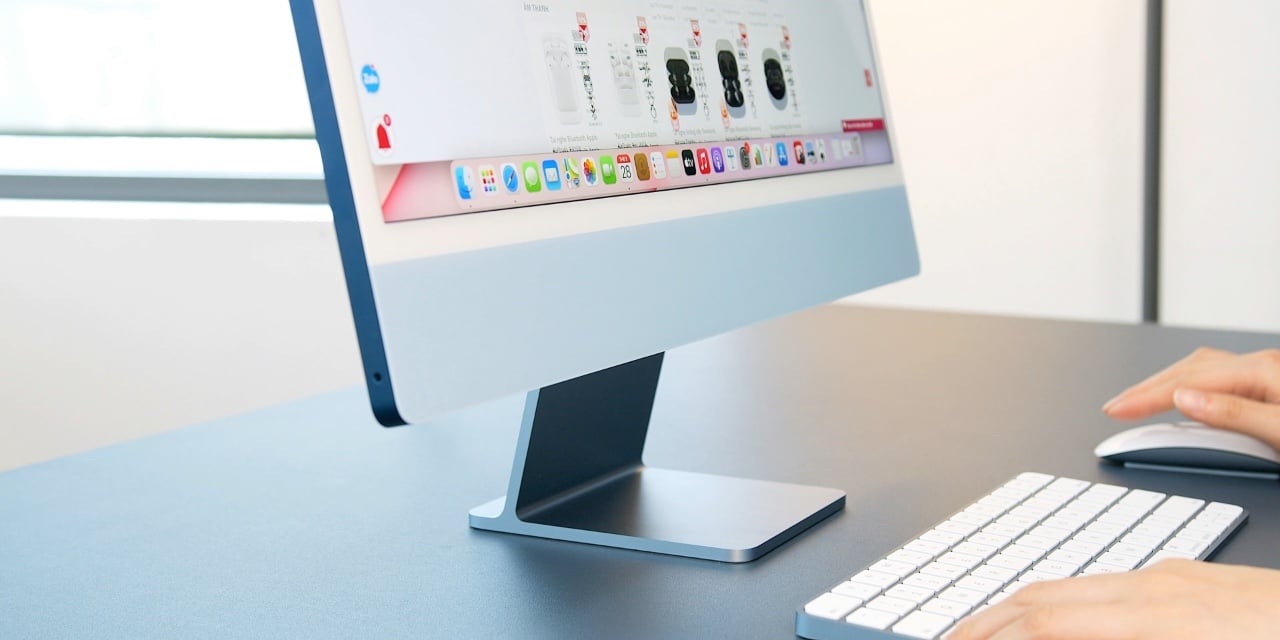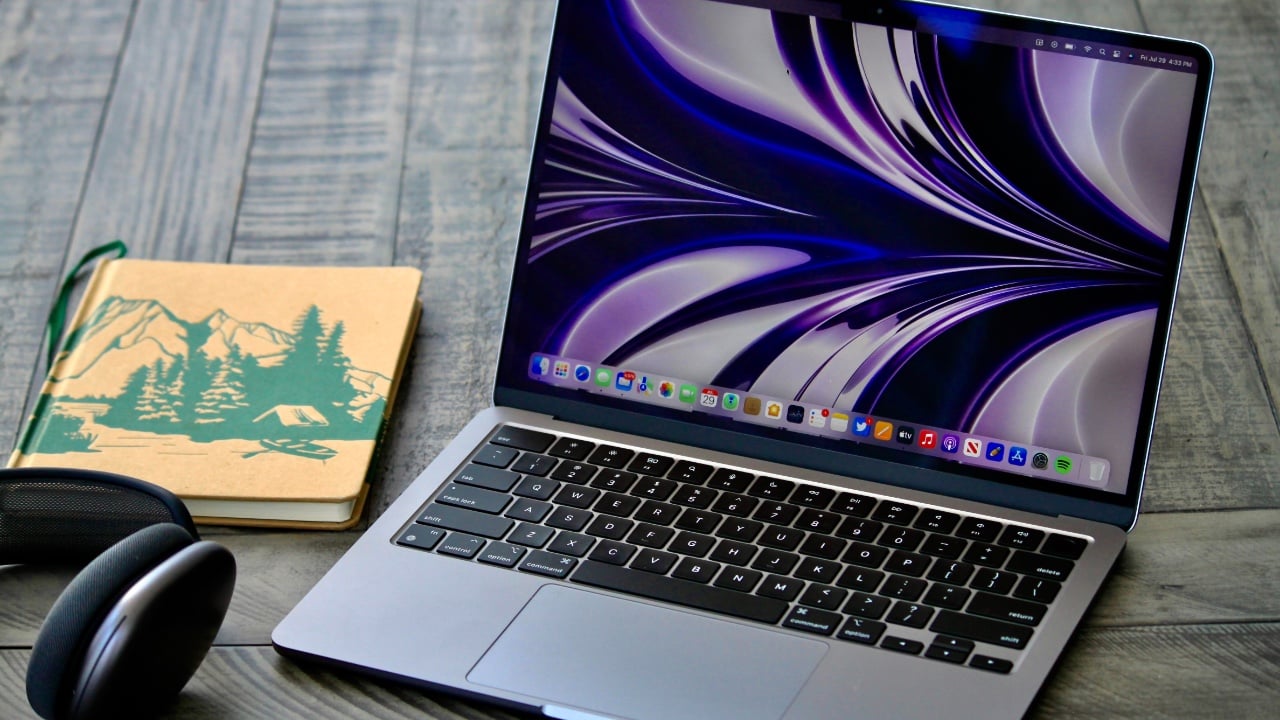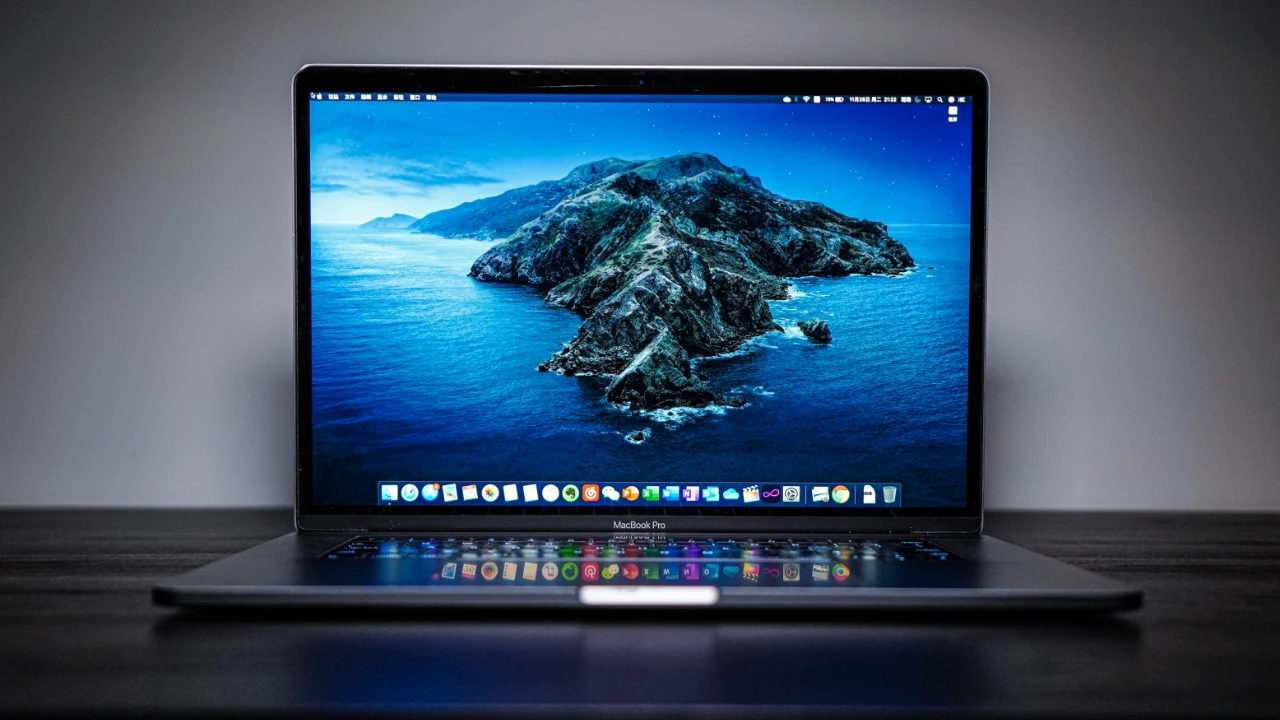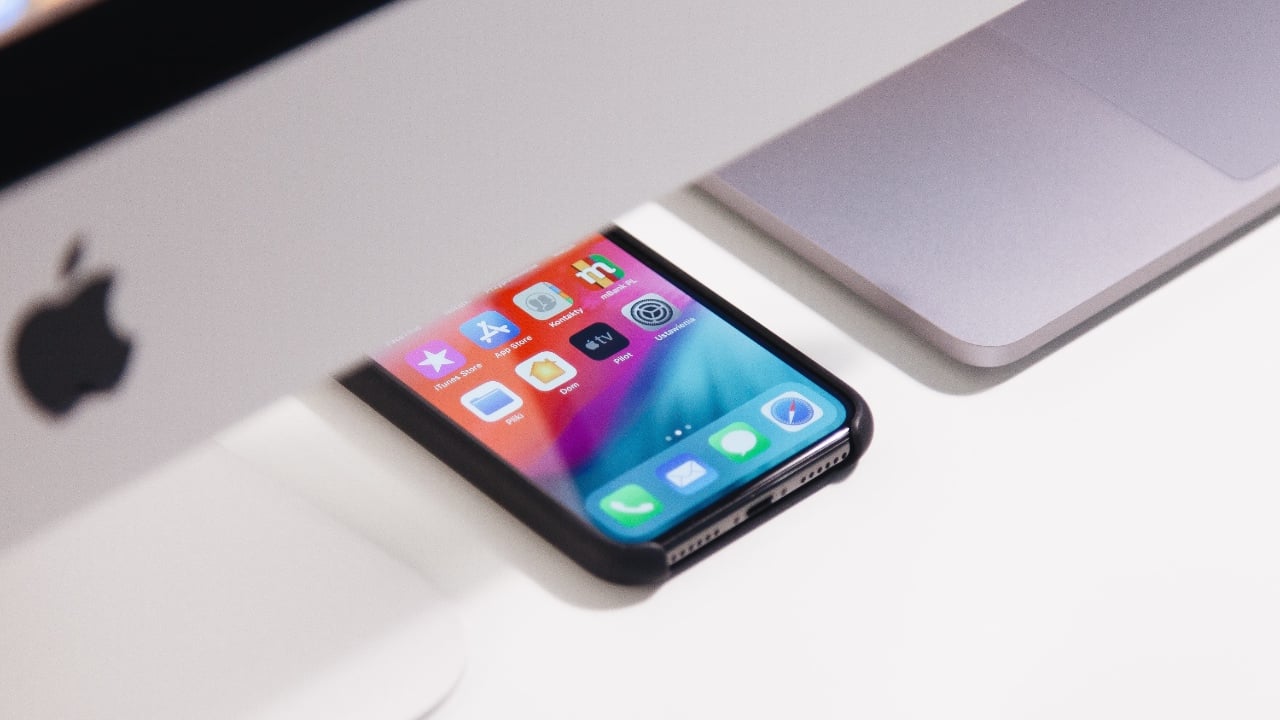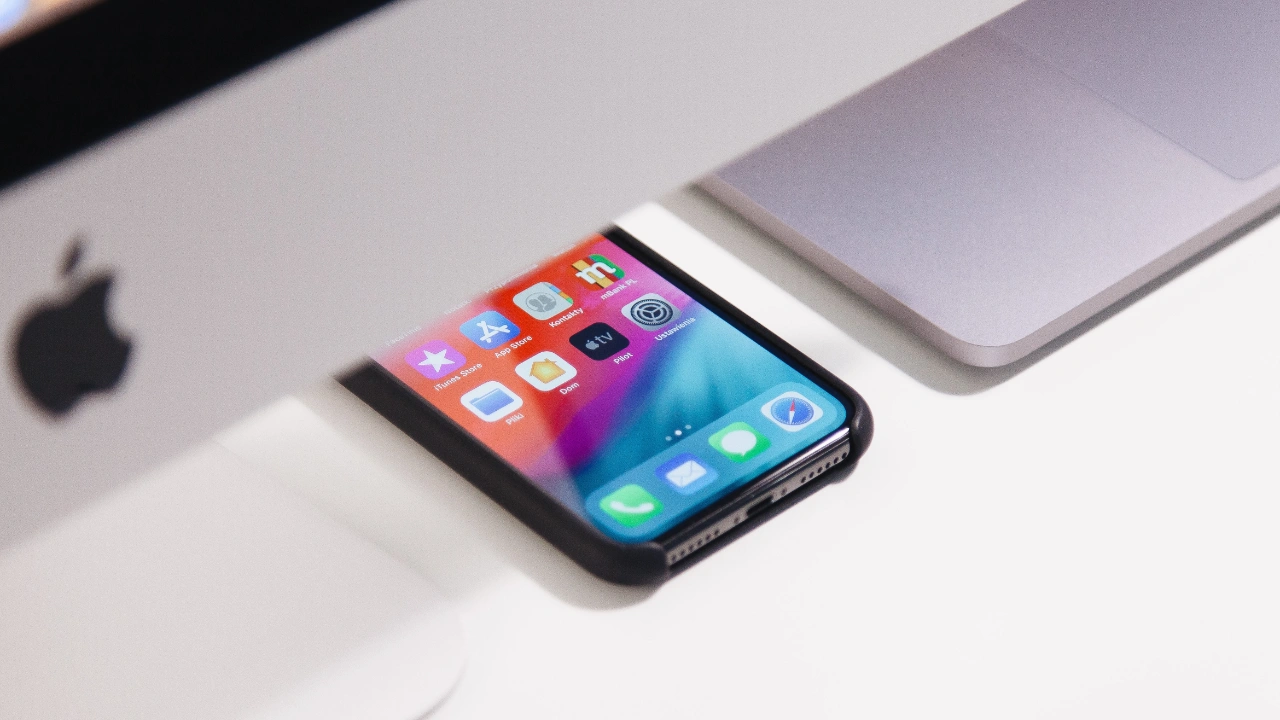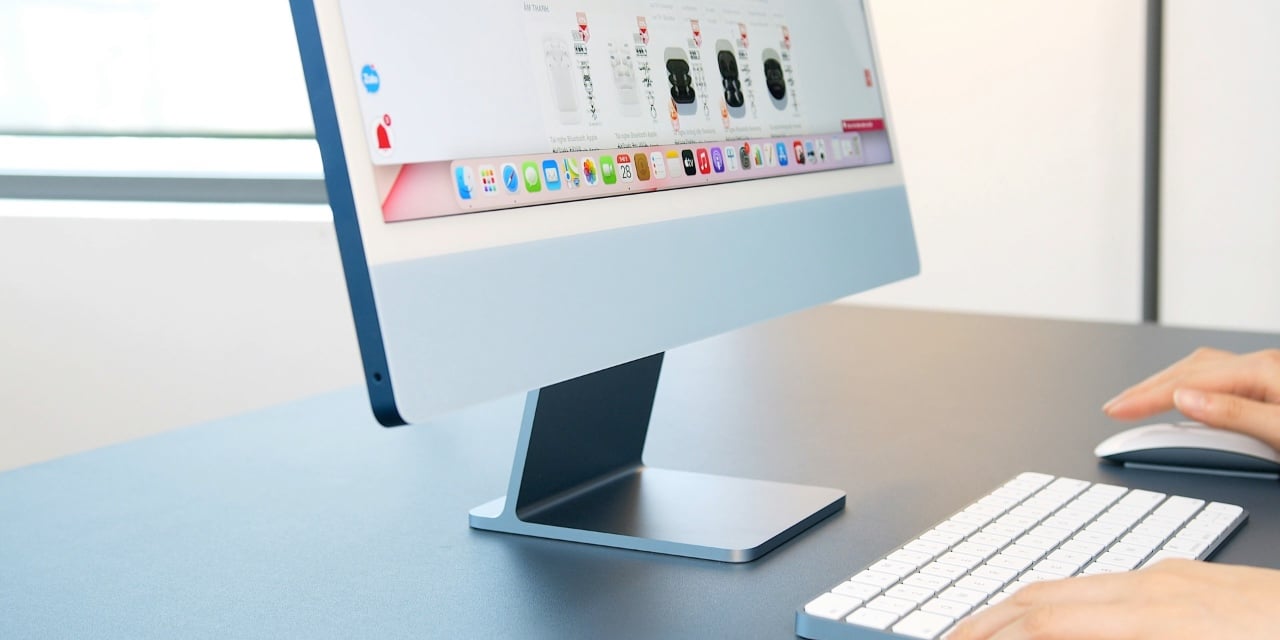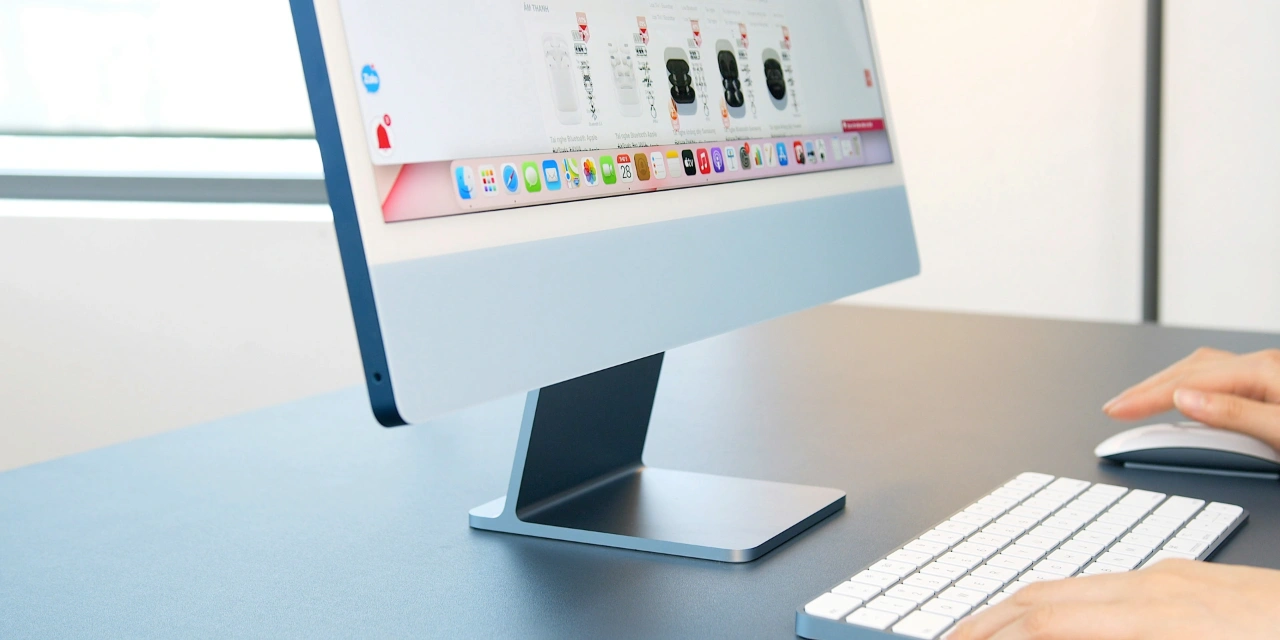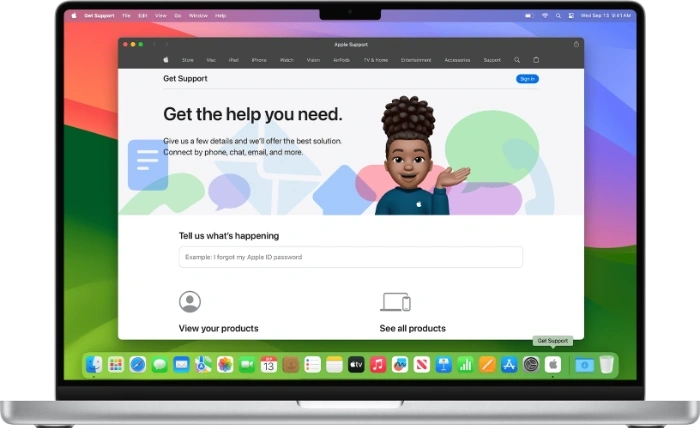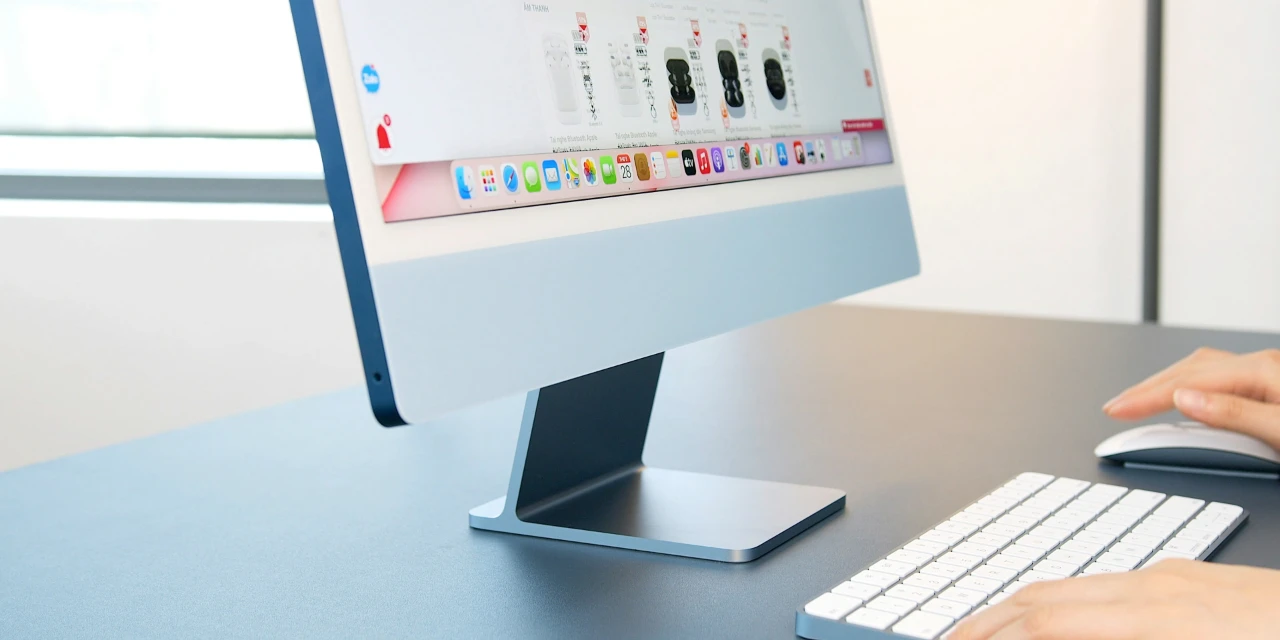
This guide is designed to show you how to quickly and easily copy and past on your Mac. When delving into the world of Mac usage, whether you are an experienced aficionado or just starting to navigate its functionalities, the skill of copying and pasting stands as a fundamental and highly efficient tool. It’s a capability that, once mastered, can significantly reduce the time and effort required in various tasks.
However, the realm of copying and pasting on a Mac extends far beyond the simple command shortcuts that most users are familiar with. There exists a myriad of advanced clipboard features, often overlooked, that can elevate your productivity to new heights. This in-depth guide aims to arm you with a comprehensive understanding of these features, transforming you into a proficient and skilled copy-and-paste expert in the Mac environment. By embracing this knowledge, you’ll unlock a new level of efficiency and mastery in your day-to-day Mac interactions.
The Fundamentals:
- Copy: Selecting text or files and hitting
Command + Cis the bread and butter of copying. Alternatively, you can right-click and choose “Copy” from the context menu. - Paste: Once copied, move your cursor to where you want the content to appear and press
Command + V. Right-clicking and choosing “Paste” works too. - Cut:
Command + Xcuts the selected content and removes it from its original location. Pasting it elsewhere will move the content definitively.
Beyond the Basics:
- Universal Clipboard: Copy content on your Mac and paste it on your iPhone or iPad, and vice versa! Ensure your devices are signed in with the same Apple ID and meet Continuity requirements.
- Clipboard History: Access a list of your recently copied items by pressing
Control + Shift + Command + V. Choose an item to paste it directly. - Smart Pasting: Want to paste text without formatting? Opt for
Option + Shift + Command + V(Paste and Match Style) to adjust the copied content to match the surrounding text. - Drag and Drop: Quickly move files or text within the same application by dragging them to their new location. Hold
Commandwhile dragging to copy instead of moving. - Text Clipping: Need to quickly grab snippets of text from various sources? Use the built-in text clipping tool. Open Spotlight (Cmd + Space), type “grab,” and hit Enter. Drag your cursor over the desired text to clip it to your clipboard.
Bonus Tips:
- Keyboard Shortcuts: Customize keyboard shortcuts for frequently used actions like copy and paste in System Preferences > Keyboard > Shortcuts.
- Quick Actions: Use Quick Actions to perform complex operations with a single click. Right-click on copied text and choose “Share” to access various Quick Actions like sending an email or creating a note.
- Third-Party Tools: Enhance your clipboard experience with apps like Paste or Clipboard History Pro. These offer advanced features like clipboard manager, snippets, and cloud syncing.
Remember: Practice makes perfect! The more you use these techniques, the more intuitive and efficient your Mac workflow will become. So, go forth and conquer the clipboard!
Additional Resources:
Summary
Mastering the art of copying and pasting on your Mac isn’t just about saving a few clicks – it’s about unlocking a hidden world of workflow efficiency and creative possibilities. From seamlessly juggling content across your Apple devices to effortlessly enriching your documents with text snippets and Quick Actions, the power of the clipboard lies at your fingertips. So, embrace the shortcuts, explore the hidden features, and unleash your inner copy-and-paste ninja! Remember, a few simple yet powerful techniques can dramatically transform the way you interact with your Mac, making you a true master of the digital landscape. Now go forth and conquer the clipboard – the possibilities are endless!
I hope this article has been helpful! Feel free to ask any questions you may have in the comments below. Happy copying and pasting!
Image Credit: N.Tho.Duc
Filed Under: Apple iPad, Guides, Laptops
Latest timeswonderful Deals
Disclosure: Some of our articles include affiliate links. If you buy something through one of these links, timeswonderful may earn an affiliate commission. Learn about our Disclosure Policy.

